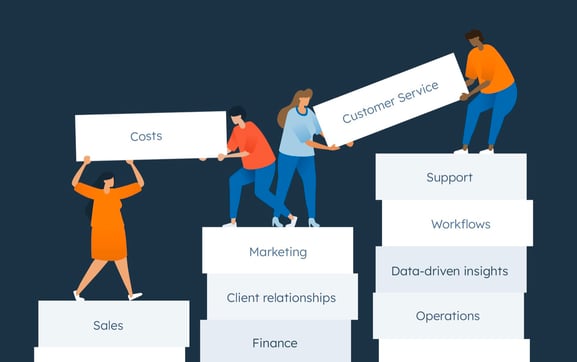With bipartisan support, Wisconsin has made considerable strides at expanding high-speed internet to rural areas.
That’s important and reassuring.
The state has provided $170 million in broadband expansion grants over its last two budgets, bringing fast connections to more than 300,000 homes and businesses, according to Gov. Tony Evers.
The Democratic governor deserves credit for steering $100 million in federal stimulus funds last year to the effort. He also declared 2021 the “Year of Broadband Access,” which added needed urgency. The Republican-run Legislature included $125 million for better service in the last state budget, which was less than the governor proposed but still solid.

Yet 22% of rural Wisconsin — about 385,000 people — still lacked access to quality broadband service, according to a 2021 report by the Federal Communications Commission. And a private study last year suggested that figure was closer to 650,000 people. Also concerning is the lack of more than one internet provider in many communities, which reduces competition and increases cost.
Our state and local governments must redouble their efforts this year so all areas of the state — no matter their location or wealth — have similar access to the digital economy. Wisconsin still ranks below average nationally for coverage.

President Joe Biden on Friday announced more federal help. Thanks to the bipartisan $1.5 trillion infrastructure bill that finally cleared Congress last fall, Washington will release $45 billion for broadband. Biden’s exciting goal is to ensure every U.S. resident has high-speed internet by 2028. That won’t be easy. Biden’s Commerce secretary estimates 30 million people across the country still don’t have access.
But every state is guaranteed at least $100 million, and the average state will get around $800 million. Some of the money can subsidize service for poor people, including in urban areas.
That makes the goal of universal coverage doable, as long as elected officials are flexible, creative and cooperative.
Fast digital connections can be the difference between a business opening in a rural area or passing it by. It can make or break sales of products to customers around the world. Speedy, reliable internet can lure urban dwellers to small towns and keep more young people in their hometowns. It makes it easier to work remotely. It can facilitate online classes and homework, which were more difficult for rural students during the pandemic. It can foster video appointments with health providers, and connect readers to the latest news.
High-speed internet is a necessity in the modern world, not unlike electricity or running water. It will help keep our state and nation competitive.
Even some Dane County residents who live near Madison lack fast digital connections. One problem is that grants to help pay for better service sometimes hinge on internet speeds across an entire region. In Madison, fast internet and competition among service providers are abundant. But that can make it hard for people living in pockets of poor service to qualify for help.

That needs to change. State leaders also should avoid pitting one region versus another when deciding who gets grants first.
Another challenge is the need for more trained technicians to install broadband. Stalled supply chains have limited access to fiber optic cable. Satellite service, wireless and mobile data are providing alternative solutions. Local governments should be open to allowing towers.
Wisconsin is getting closer to total coverage with greater competition. The public and private sectors need to keep going to get the job done.





More Stories
iZigg Mobile Review – Does iZigg Mobile Marketing (90210) Really Work?
Internet Fax Services – Do’s and Don’ts
An Introduction To IPTV